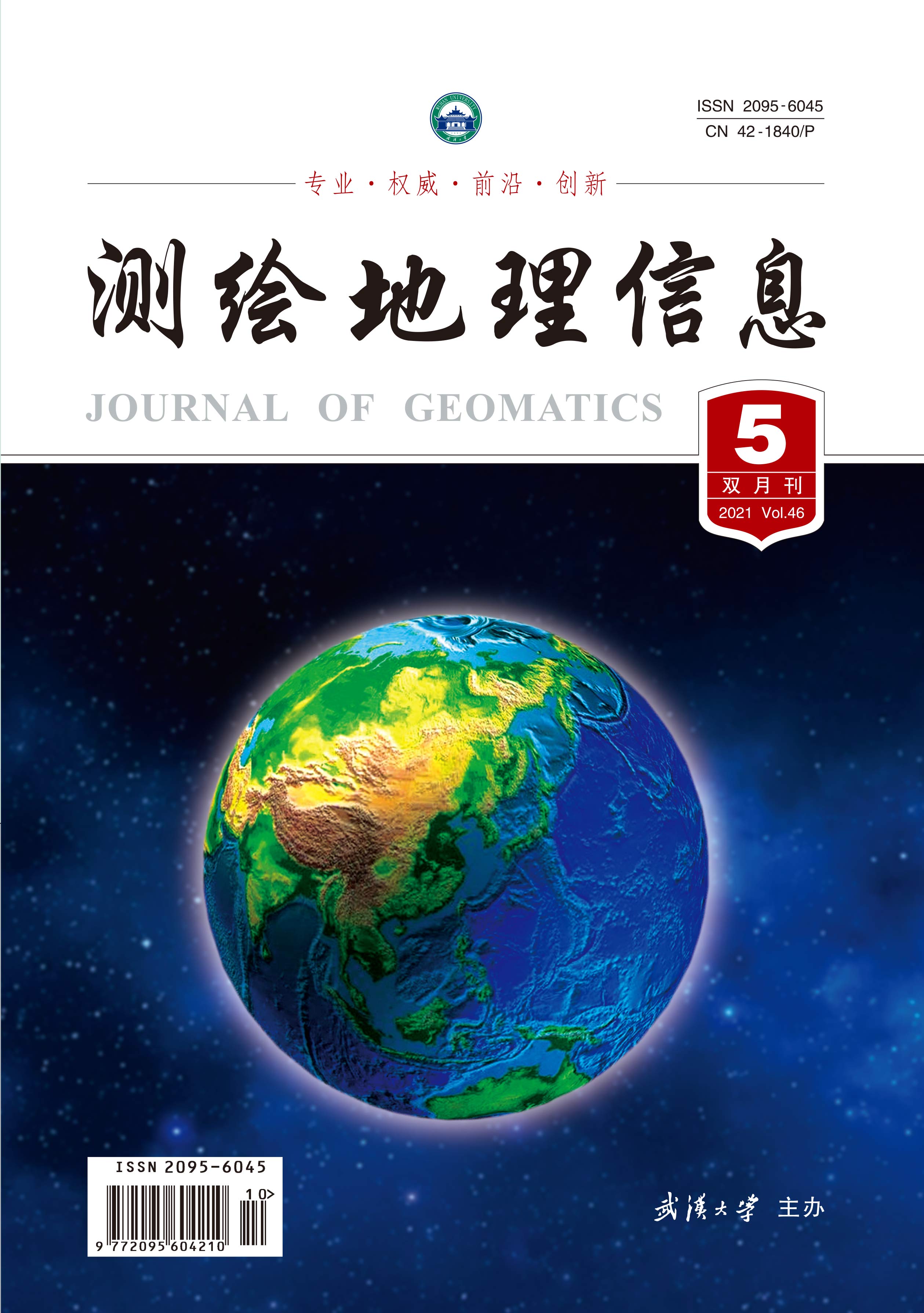基于Google earth引擎平台的土地利用与土地覆盖分类机器学习算法对比分析
Q4 Computer Science
引用次数: 0
摘要
本研究利用10米空间分辨率的Sentinel-2 Level-1C数据,评估了不同的土地利用和土地覆盖分类机器学习算法。这些算法包括随机森林(RF)、分类与回归树(CART)、支持向量机(SVM)、朴素贝叶斯(NB)和梯度增强(GTB)。分类是在谷歌地球引擎(GEE)平台上进行的。结果显示了不同算法在土地覆盖分类上的差异,RF和CART认为耕地占主导地位,SVM表明休耕地存在,NB显示显著的森林覆盖,GTB强调耕地的重要性。进行准确性评估以评估算法的性能,考虑诸如生产者准确性,消费者准确性,总体准确性和Kappa系数等指标。SVM总体精度最高,且与参考数据一致。该研究为土地管理和规划提供了见解,并证明了GEE对土地利用价值分类的价值。 & # x0D;& # x0D;本文章由计算机程序翻译,如有差异,请以英文原文为准。
comparative analysis of machine learning algorithms for land use and land cover classification using google earth engine platform
This study evaluates different machine learning algorithms for land use and land cover classification using Sentinel-2 Level-1C data with 10-meter spatial resolution. The algorithms include Random Forest (RF), Classification and Regression Trees (CART), Support Vector Machines (SVM), Naive Bayes (NB), and Gradient Boosting (GTB). The classification was performed on the Google Earth Engine (GEE) platform. Results highlight variations in land cover classification among algorithms, with RF and CART identifying cropland as dominant, SVM indicating fallow land presence, NB revealing significant forest cover, and GTB emphasizing cropland importance. Accuracy assessment was performed to evaluate the performance of the algorithms, considering metrics such as producer accuracy, consumer accuracy, overall accuracy, and Kappa coefficient. SVM demonstrates the highest overall accuracy and agreement with reference data. The study contributes insights for land management and planning, and GEE proves valuable for LULC classification.
求助全文
通过发布文献求助,成功后即可免费获取论文全文。
去求助
来源期刊

测绘地理信息
Earth and Planetary Sciences-Earth-Surface Processes
CiteScore
0.20
自引率
0.00%
发文量
4458
期刊介绍:
 求助内容:
求助内容: 应助结果提醒方式:
应助结果提醒方式:


